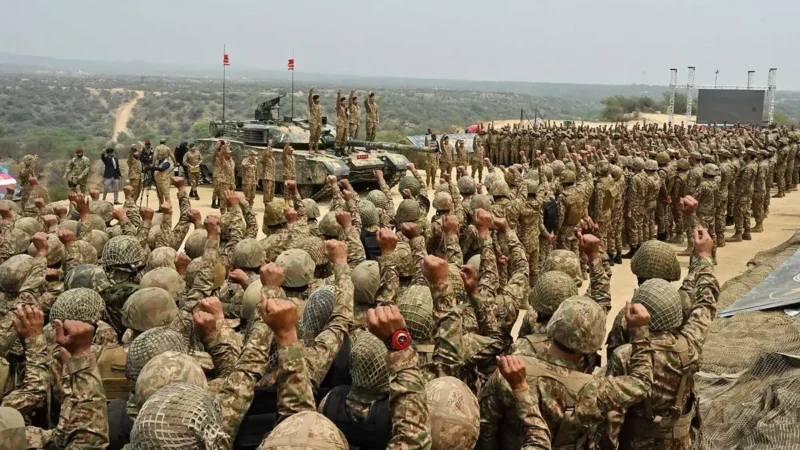Trump’s Mar-a-Lago resort posed rare security challenges, experts say

WASHINGTON, Aug 13 (Reuters) – The seizure of classified U.S. government documents from Donald Trump’s sprawling Mar-a-Lago retreat spotlights the ongoing national security concerns presented by the former president, and the home he dubbed the Winter White House, some security experts say.
Trump is under federal investigation for possible violations of the Espionage Act, which makes it unlawful to spy for another country or mishandle U.S. defense information, including sharing it with people not authorized to receive it, a search warrant shows. read more
As president, Trump sometimes shared information, regardless of its sensitivity. Early in his presidency, he spontaneously gave highly classified information to Russia’s foreign minister about a planned Islamic State operation while he was in the Oval Office, U.S. officials said at the time.
Register now for FREE unlimited access to Reuters.com Register
But it was at Mar-a-Lago, where well-heeled members and guests attended weddings and fundraising dinners and frolicked on a breezy ocean patio, that U.S. intelligence seemed especially at risk.
The Secret Service said when Trump was president that it does not determine who is granted access to the club, but does do physical screenings to make sure no one brings in prohibited items, and further screening for guests in proximity to the president and other protectees.
The Justice Department’s search warrant raises concerns about national security, said former DOJ official Mary McCord.
“Clearly they thought it was very serious to get these materials back into secured space,” McCord said. “Even just retention of highly classified documents in improper storage – particularly given Mar-a-Lago, the foreign visitors there and others who might have connections with foreign governments and foreign agents – creates a significant national security threat.”
Trump, in a statement on his social media platform, said the records were “all declassified” and placed in “secure storage.”
McCord said, however, she saw no “plausible argument that he had made a conscious decision about each one of these to declassify them before he left.” After leaving office, she said, he did not have the power to declassify information.
Monday’s seizure by FBI agents of multiple sets of documents and dozens of boxes, including information about U.S. defense and a reference to the “French President,” poses a frightening scenario for intelligence professionals.
“It’s a nightmarish environment for a careful handling of highly classified information,” said a former U.S. intelligence officer. “It’s just a nightmare.”
1/5 An aerial view of former U.S. President Donald Trump’s Mar-a-Lago home after Trump said that FBI agents raided it, in Palm Beach, Florida, U.S. August 9, 2022. REUTERS/Marco Bello/File Photo Read More
The DOJ hasn’t provided specific information about how or where the documents and photos had been stored, but the club’s general vulnerabilities have been well documented.
In a high profile example, Trump huddled in 2017 with Japan’s then-Prime Minister Shinzo Abe at an outdoor dinner table while guests hovered nearby, listening and taking photos that they later posted on Twitter.
The dinner was disrupted by a North Korean missile test, and guests listened as Trump and Abe figured out what to say in response. After issuing a statement, Trump dropped by a wedding party at the club.
“What we saw was Trump be so lax in security that he was having a sensitive meeting regarding a potential war topic where non-U.S. government personnel could observe and photograph,” said Mark Zaid, a lawyer who specializes in national security cases. “It would have been easy for someone to also have had a device that heard and recorded what Trump was saying as well.”
The White House press secretary at the time of the Abe visit, Sean Spicer, told reporters afterward that Trump had been briefed about the North Korean launch in a secure room at Mar-a-Lago. He played down the scene on the patio.
“At that time, apparently there was a photo taken, which everyone jumped to nefarious conclusions about what may or may not be discussed. There was simply a discussion about press logistics, where to host the event,” he said.
It was in the secure room at Mar-a-Lago where Trump decided to launch airstrikes against Syria for the use of chemical weapons in April 2017.
The decision made, Trump repaired to dinner with visiting Chinese President Xi Jinping. Over a dessert of chocolate cake, Trump informed Xi about the airstrikes.
In 2019, a Chinese woman who passed security checkpoints at the club carrying a thumb drive coded with “malicious” software was arrested for entering a restricted property and making false statements to officials, authorities said at the time.
Then-White House chief of staff John Kelly launched an effort to try to limit who had access to Trump at Mar-a-Lago, but the effort fizzled when Trump refused to cooperate, aides said at the time.
(The story adds dropped word “been” in paragraph 16.)
Register now for FREE unlimited access to Reuters.com Register
Reporting By Steve Holland and Karen Freifeld; Editing by Heather Timmons, William Mallard and Daniel Wallis
Our Standards: The Thomson Reuters Trust Principles.






